Japan’s most visited national park, the Fuji-Hakone-Izu National Park area offers something for everyone.
Established in 1936, the Fuji-Hakone-Izu National Park is a collection of reserves stretching from volcanic islands in the Pacific Ocean, the Izu Peninsula, the Hakone crater area, and the iconic Mt. Fuji.
Table of Contents
MT. FUJI – GET CLOSE TO THE SYMBOL OF JAPAN
At the northern end of the park stands Mt. Fuji, Japan’s highest peak at 3,776 meters, a sacred mountain deeply rooted in the hearts of Japanese people and well-known throughout the world as a symbol of Japan.
The tallest mountain in Japan was designated a cultural World Heritage Site in June 2013. For centuries, its outstanding figure has inspired numerous artists and poets and been a object of faith.
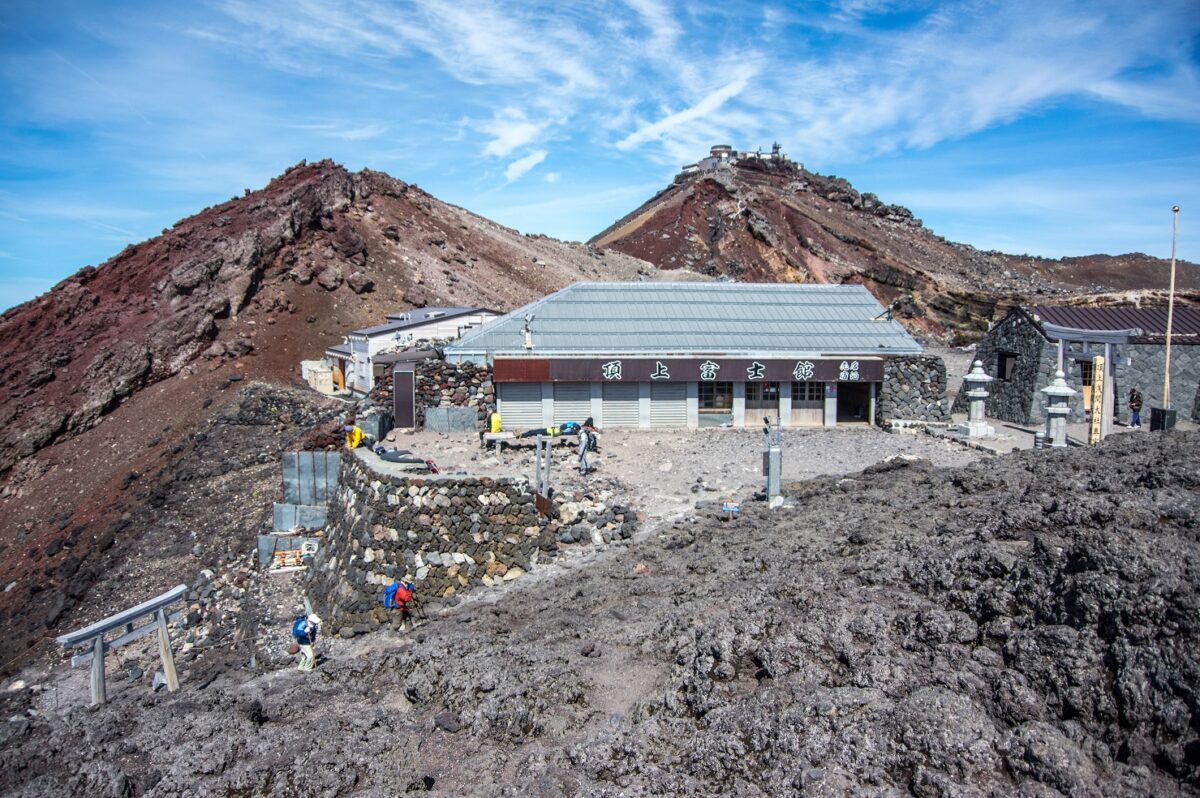
In the foothills lies Fujinomiya City, which offers a number of activities and experiences with Mt. Fuji as the backdrop.
Take deep dive into the rich history at the Mt. Fuji World Heritage Centre, Shizuoka. The museum showcases all things about Mt. Fuji from the artistic qualities of the mountain to the history of faiths surrounding it, and its development as a volcano.

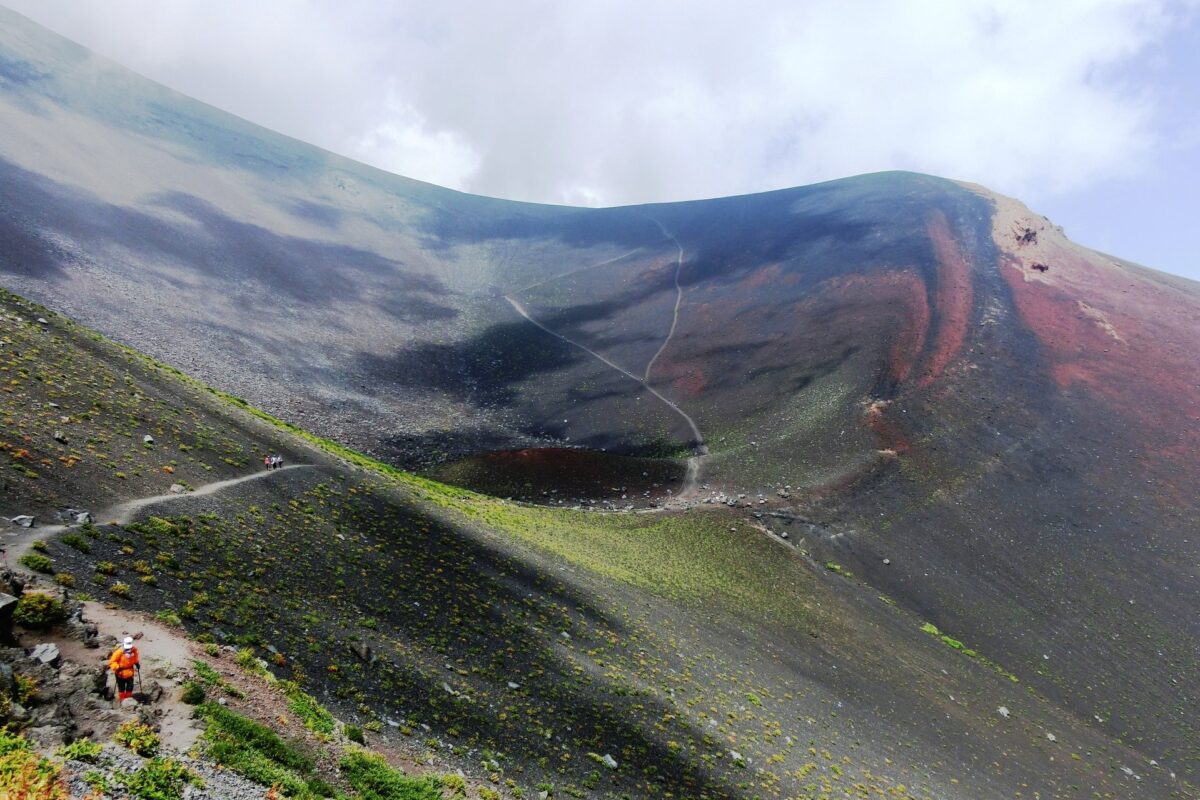
For those who would like to challenge themselves to aim for the summit, the Fujinomiya trail one of the shortest routes to climb Mt. Fuji from the 5th station, taking 4 to 7 hours. With the official climbing season limited to the summer months, another suggested hike to experience the grand mountain is a guided hike of Mt. Hoei crater that takes in the primeval forest of the lower slopes.
Wander through the magical grounds of Fujinomiya City’s Fujisan Hongu Sengen Taisha Shrine.
Take a bicycle ride down from Shiraito Falls through the surrounding rural area and immerse yourself into the local life.

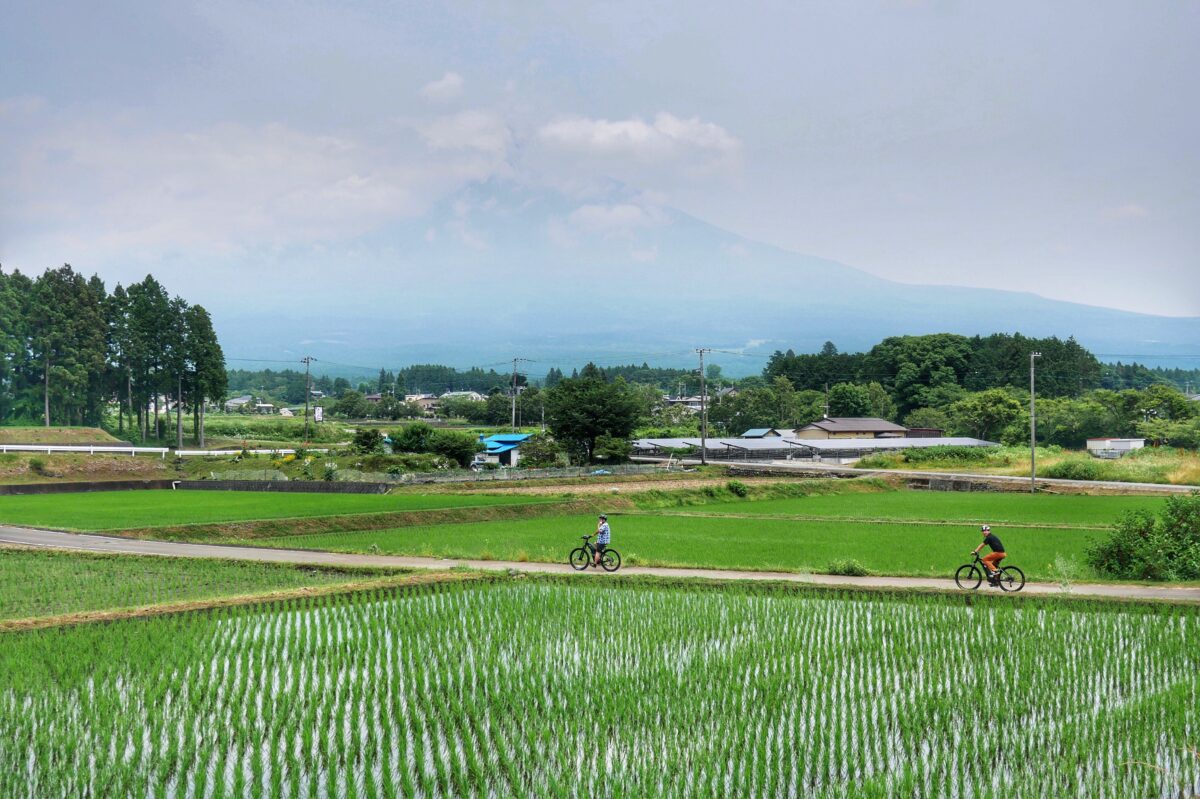
Stop in to meet the local award-winning sake brewer or enjoy some of the local craft beer made with fresh Mt. Fuji water.
Enjoy fantastic views of Mt. Fuji flying high above the ground in a paraglider, or while sitting quietly by a calm lake.
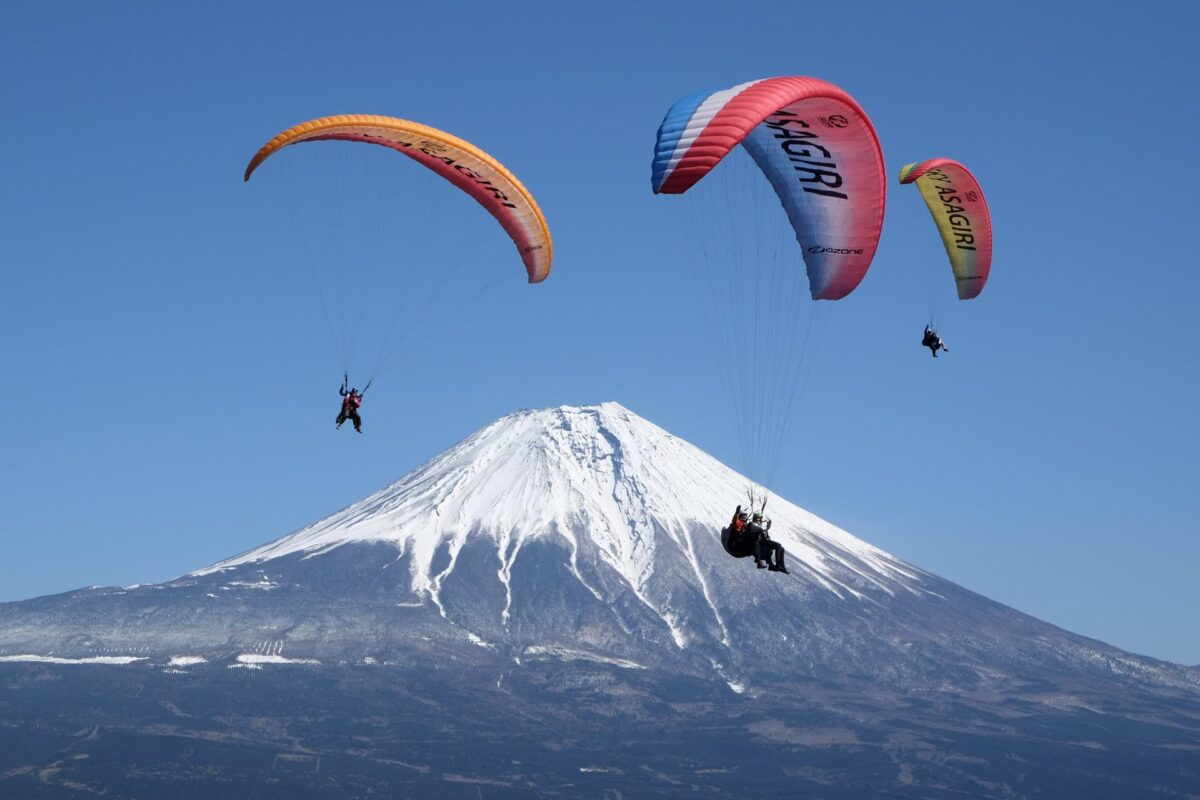
HAKONE – FOLLOW IN THE FOOTPRINTS OF THE ANCIENT TRAVELLERS

The Hakone area of the park is by far the most visited park in the country.
While today’s Tokaido is a modern arterial trunk line with speeding Shinkansen bullet trains and multilane expressways, you can still catch a glimpse of a bygone era.
Take a walk and explore the ancient cedar-lined cobblestone paths and stop for a cup of ‘Amazake’ (a sweet non-alcoholic sake) to recharge before descending via the Yamanaka Castle Ruins into Mishima.

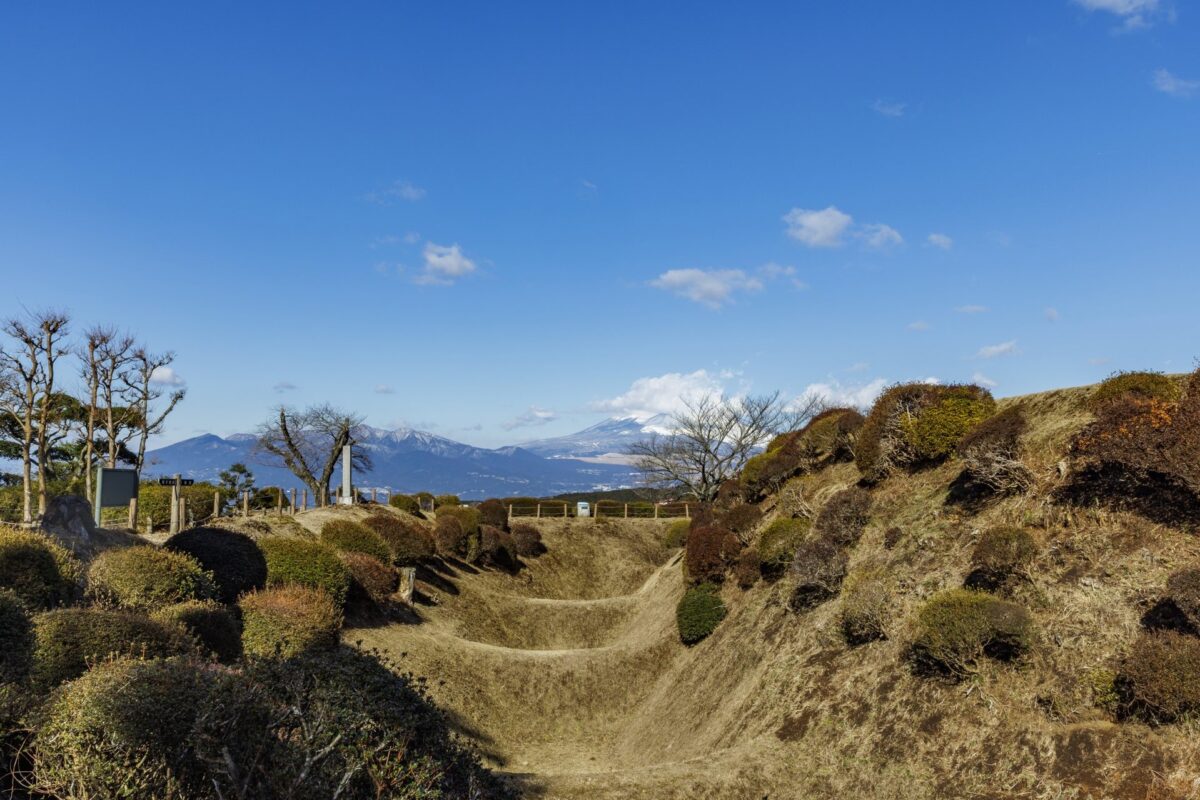
‘Hakone Hachiri’ offers a fantastic interpretive day walk to experience sections of the ancient Tokaido highway.
IZU PENINSULA – GEOPARK FULL OF NATURAL WONDERS
To the south of Mt. Fuji is the Izu Peninsula, once an island atop the Philippine plate, through tectonic activity it collided with the Pacific and Eurasian plates.
Izu has been a hot spot of volcanic activity for millennia – today is it a designated Geopark offering fascinating “columnar joints” that can be seen along the spectacular Nanadaru Falls – an easy day hike in central Izu.

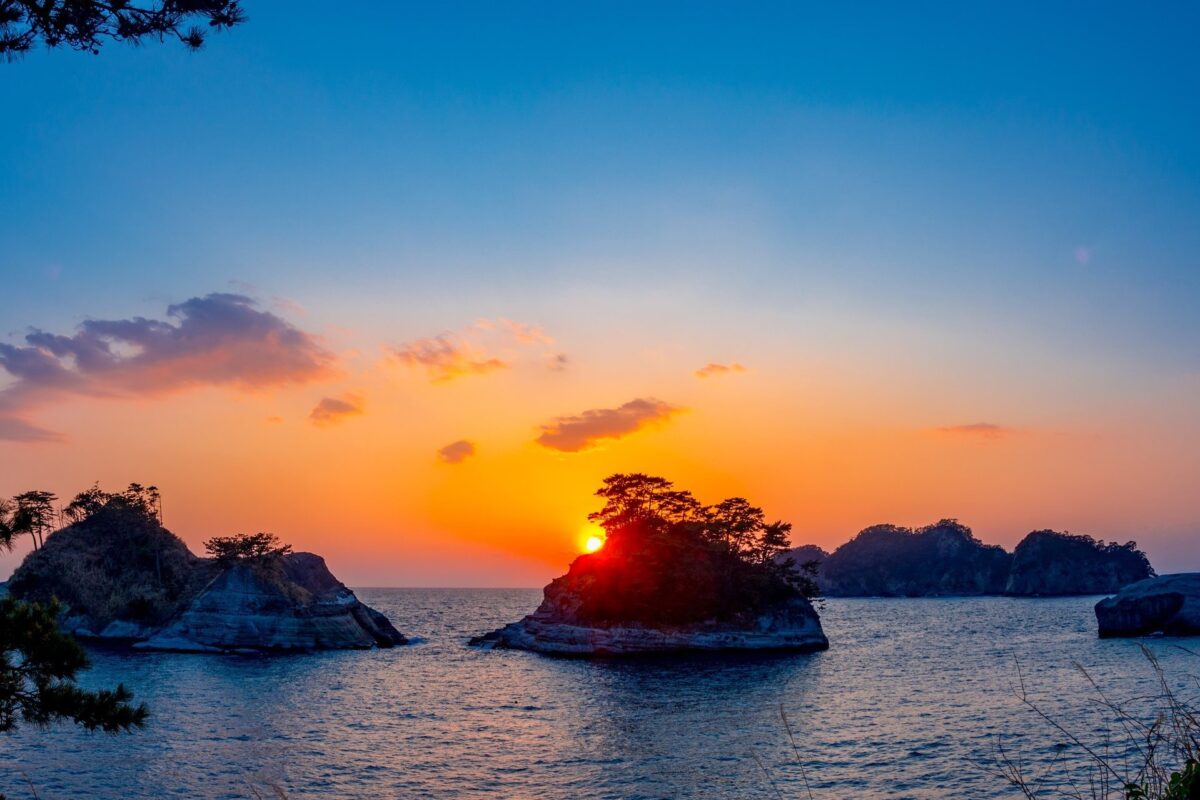
If soaking in an onsen, wandering the halls of centuries-old ryokan in a Japanese Yukata and slippers, and feasting on fresh seafood with grated wasabi root paired with Japanese sake is your idea of the best way to refresh then the Izu Peninsula is for you.
Cycling is by far one of the best ways to explore Izu, with guided tours and quality bike rentals available.
Guided kayak trips along Izu’s stunning coast exploring the sea caves and unique rock features that look like serpents rising from the sea are also very popular.
If visiting in February, Kawazu in Southern Izu offers the earliest cherry blossom viewing.
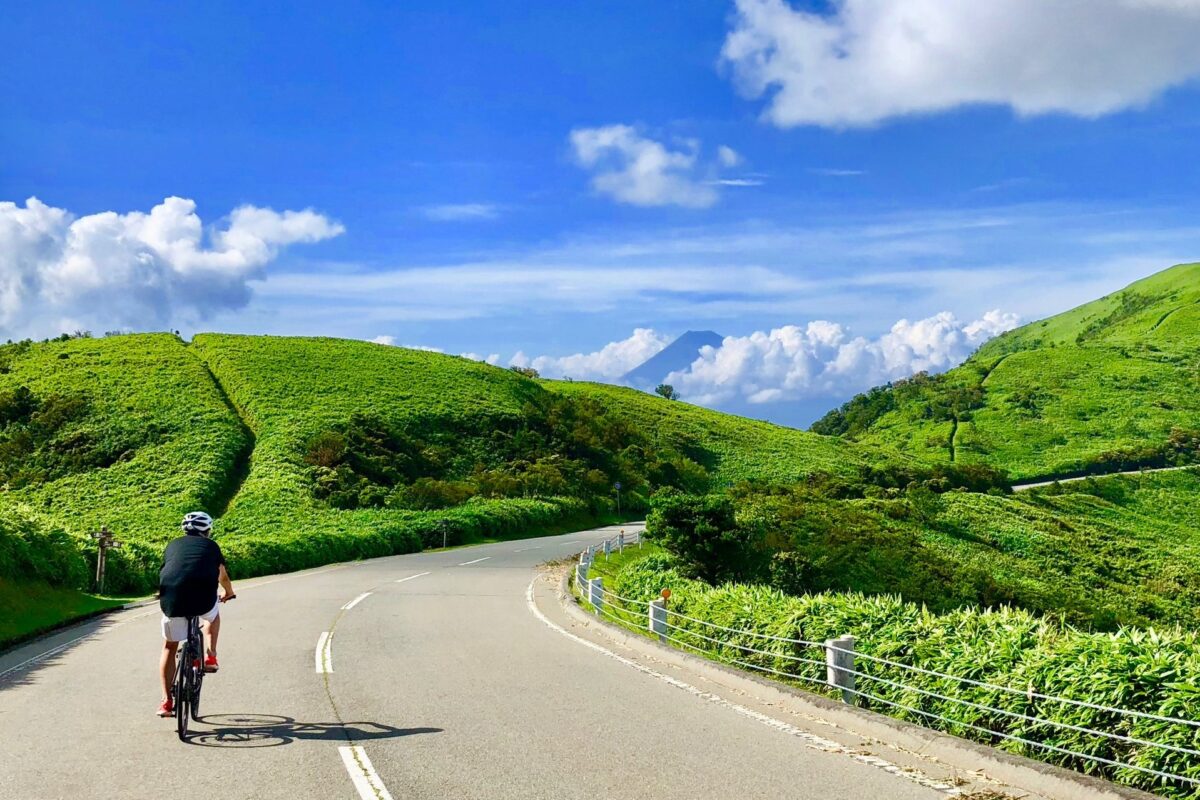
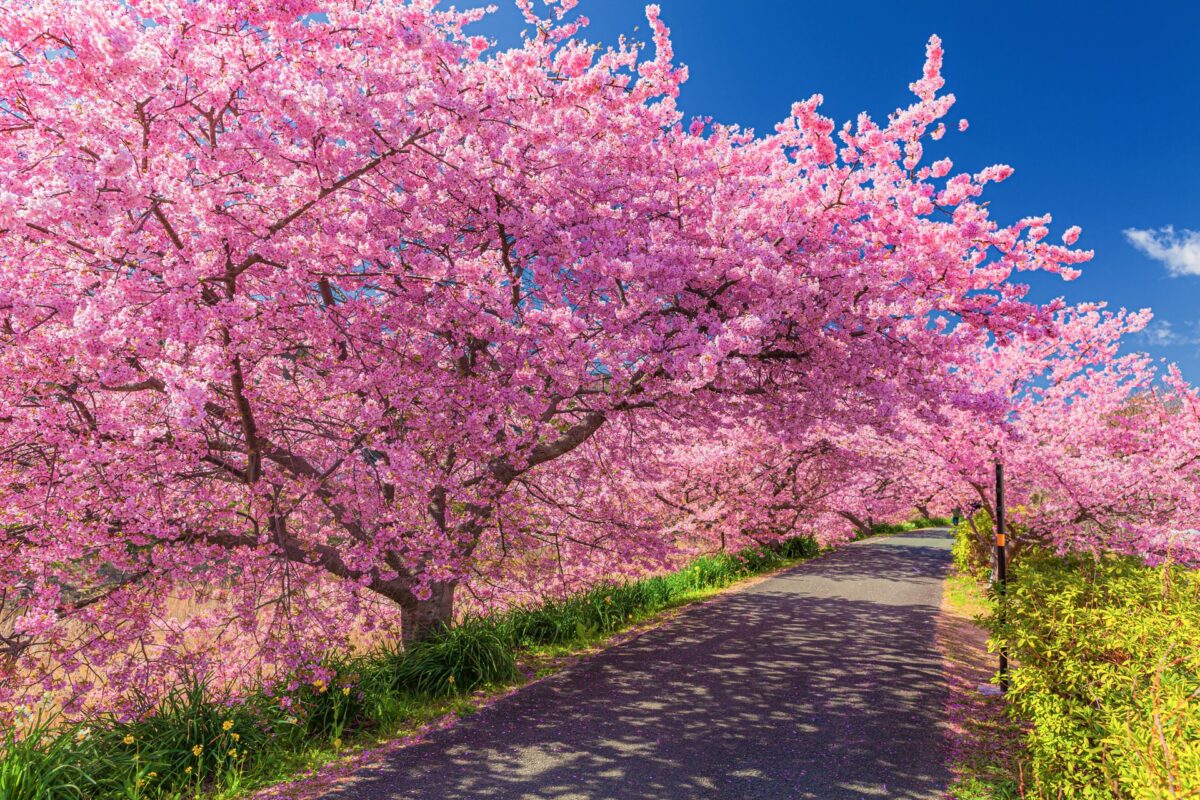
One of the biggest appeals of the Izu Peninsula is that, despite its proximity to Tokyo, there is a real sense that you are in a way off the grid and exploring somewhat uncharted areas of Japan.
This is especially true along the rugged West Coast of the Peninsula which offers stunning views of Mt. Fuji around every corner.




